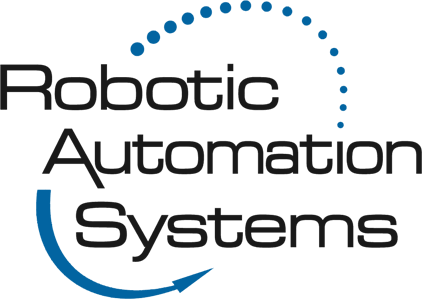5 Main Types of Assembly Presses
Manufacturing facilities often use low-force, precision press machines to create, form, or assemble products. These machines range drastically in size, depending on the application. Even so, most industrial assembly presses are comprised of a ram, frame, and platen. The ram is the moving element that applies force, and the frame provides a secure mount for the platen, which holds the workpiece in place.
If you’re in the automation industry, consider the five main types of assembly presses and how they’re used in industrial settings.
Manual Assembly Press
As the name suggests, these machines are not automated but must be powered by a human operator. As the simplest type of assembly press, manual machines have the lowest purchase and operating costs. They come in several variations, including arbor, rack, pinion, and toggle presses. All styles of manual assembly presses involve the operator controlling the ram’s speed and force with a lever arm or wheel.
Pneumatic Assembly Press
Compressed air serves as the power source for pneumatic press machines. This device operates at a higher speed than a manual press, with the added benefit of reduced operator fatigue. However, the working press stroke is liable to be choppy and vary from part to part. Therefore, pneumatic presses are generally not recommended for applications requiring precise force and distance.
Pneumatic Intensified Assembly Press
While powered by compressed air, this type of press machine contains hydraulic oil in the control circuit for enhanced capabilities. After all, oil is not compressible, so the machine can be safely intensified to a higher pressure. Flow-restricting valves also produce a smooth, uniform ram motion for greater precision. Therefore, pneumatic intensified presses are superior for controlling force and distance. However, purchase and operating costs are higher than regular pneumatic presses.
Hydraulic Assembly Press
This industrial press uses electricity, a hydraulic power unit, and a hydraulic cylinder to move the ram. The cylinder bore size and operating pressures determine the ram’s maximum force. Then, the flow and oil volume restrictions of the hydraulic power package and circuit limit the ram’s speed. Because hydraulic oil isn’t compressible, the press stroke is smooth and uniform. The most significant downside of hydraulic units is that they generate considerable heat and noise.
Servo-Electric Assembly Press
This type of press runs on electricity, a servo motor/drive unit, and an integrated ball screw actuator. While servo-electric machines require a higher initial investment, they offer lower operational and maintenance costs, paying for themselves over time. Additional features are also available, such as display screens, statistical quality-control packages, and controlled rotational motion. For these reasons, electro-mechanical systems are the top choice in many industrial factories worldwide.
Robotic Automation Systems is a leader and innovator of assembly automation for the plastic injection molding industry. Our expertise includes custom and turnkey automated assembly for businesses located anywhere in the United States. Whether you need installation, training, or ongoing support, we’re here for you. Contact us today at (608) 849-0880 to discuss how we can help with your automation equipment needs.
